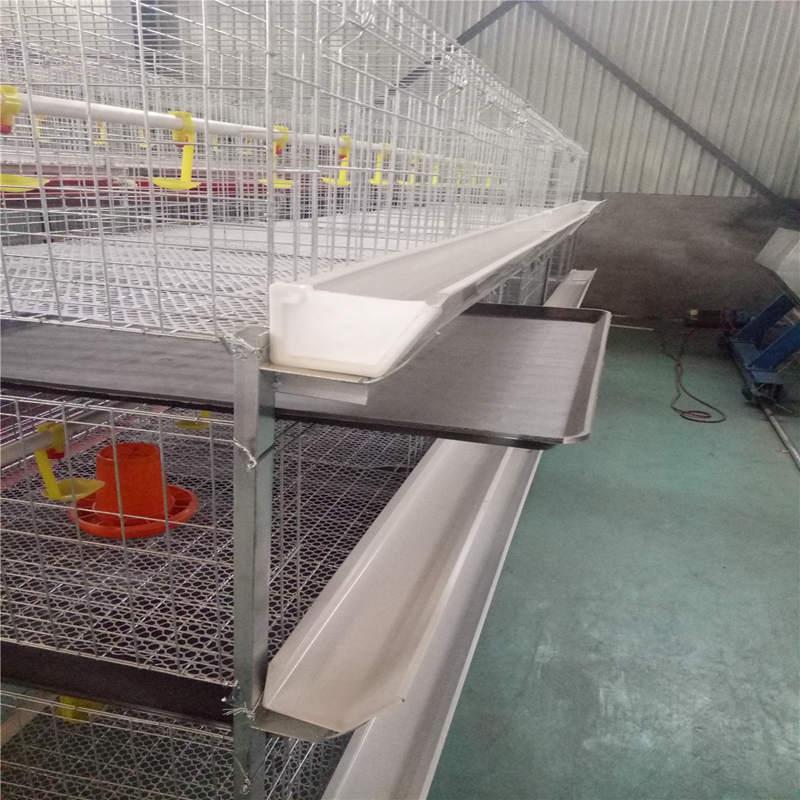Optimizing Poultry Scalding Processes for Enhanced Quality and Efficiency
Oct . 21, 2024 14:34 Back to list
Optimizing Poultry Scalding Processes for Enhanced Quality and Efficiency
The Importance of Poultry Scalders in Modern Processing
Poultry scalders play a crucial role in the poultry processing industry, serving as a vital step in preparing birds for further processing. The process of scalding involves immersing the carcasses of chickens, turkeys, and other birds in hot water, which helps to loosen the feathers, making them easier to pluck. This technique, although simple in concept, requires precise control of temperature and time to ensure efficiency and maintain meat quality.
The Scalding Process
The scalding process typically occurs after the birds have been killed, bled, and eviscerated. Birds are immersed in water heated to specific temperatures—usually between 140°F to 160°F (60°C to 72°C)—for a predetermined period. The ideal temperature and duration can depend on factors such as bird size, age, and species. For instance, younger birds with softer feathers may require a shorter scalding time compared to older birds.
The objective is to achieve optimum feather removal while minimizing damage to the skin and meat. Scalding too short may result in feathers that are difficult to pluck, while excessive scalding can lead to skin tearing and loss of meat quality, affecting the final product's marketability.
Types of Scalders
There are different types of poultry scalders, including batch scalders, continuous scalders, and immersion scalders
.1. Batch Scalders These are used for smaller operations or farms that process poultry in limited quantities. Birds are added to a tank and scalded in batches, allowing for a more controlled environment. 2. Continuous Scalders These systems are designed for larger poultry processing facilities. Birds are continuously fed into a scalding unit where they are submerged in heated water. This design increases efficiency and throughput, reducing the time from slaughter to processing.
poultry scalders

3. Immersion Scalders Immersion scalders allow birds to be fully submerged in hot water, enhancing penetration and ensuring that all feathers are adequately loosened. Some models come equipped with features like agitation to further enhance the scalding effectiveness.
Technological Advances
In recent years, technological advancements have improved the efficiency and effectiveness of poultry scalders. Modern systems include temperature control mechanisms, water circulation systems, and automated monitoring to ensure consistent performance. These innovations help maintain optimal scalding conditions and reduce water usage, thereby promoting sustainability in poultry processing.
Additionally, some scalding systems incorporate infrared heating or steam, offering alternative methods that can be less damaging to the skin. These methods are becoming more popular due to their ability to effectively loosen feathers while preserving the quality of the meat.
Quality Assurance and Food Safety
Quality assurance in the scalding process is crucial for both food safety and consumer satisfaction. Incorrect scalding practices can lead to foodborne illnesses, spoilage, or poor quality food products. Poultry processors must adhere to strict guidelines and regulations to ensure that all safety protocols are followed. Regular checks on scalding temperatures, processing times, and hygiene standards help maintain the integrity of the processing line and ensure that the end product meets health and safety standards.
Conclusion
Poultry scalders are an indispensable part of the poultry processing chain. By effectively preparing birds for plucking, they help maintain meat quality and ensure that processors can meet consumer demands. As technology continues to evolve, so too will scalding techniques, leading to improved efficiency and sustainability in poultry processing. It is essential for industry stakeholders to stay informed about advancements in this area to ensure they remain competitive while prioritizing food safety and quality. Understanding the importance of scalding in poultry processing helps underscore the commitment of the industry to providing safe and high-quality food products to consumers worldwide.
-
Hot Sale 24 & 18 Door Rabbit Cages - Premium Breeding Solutions
NewsJul.25,2025
-
Automatic Feeding Line System Pan Feeder Nipple Drinker - Anping County Yize Metal Products Co., Ltd.
NewsJul.21,2025
-
Automatic Feeding Line System Pan Feeder Nipple Drinker - Anping County Yize Metal Products Co., Ltd.
NewsJul.21,2025
-
Automatic Feeding Line System - Anping Yize | Precision & Nipple
NewsJul.21,2025
-
Automatic Feeding Line System - Anping Yize | Precision & Nipple
NewsJul.21,2025
-
Automatic Feeding Line System-Anping County Yize Metal Products Co., Ltd.|Efficient Feed Distribution&Customized Animal Farming Solutions
NewsJul.21,2025






